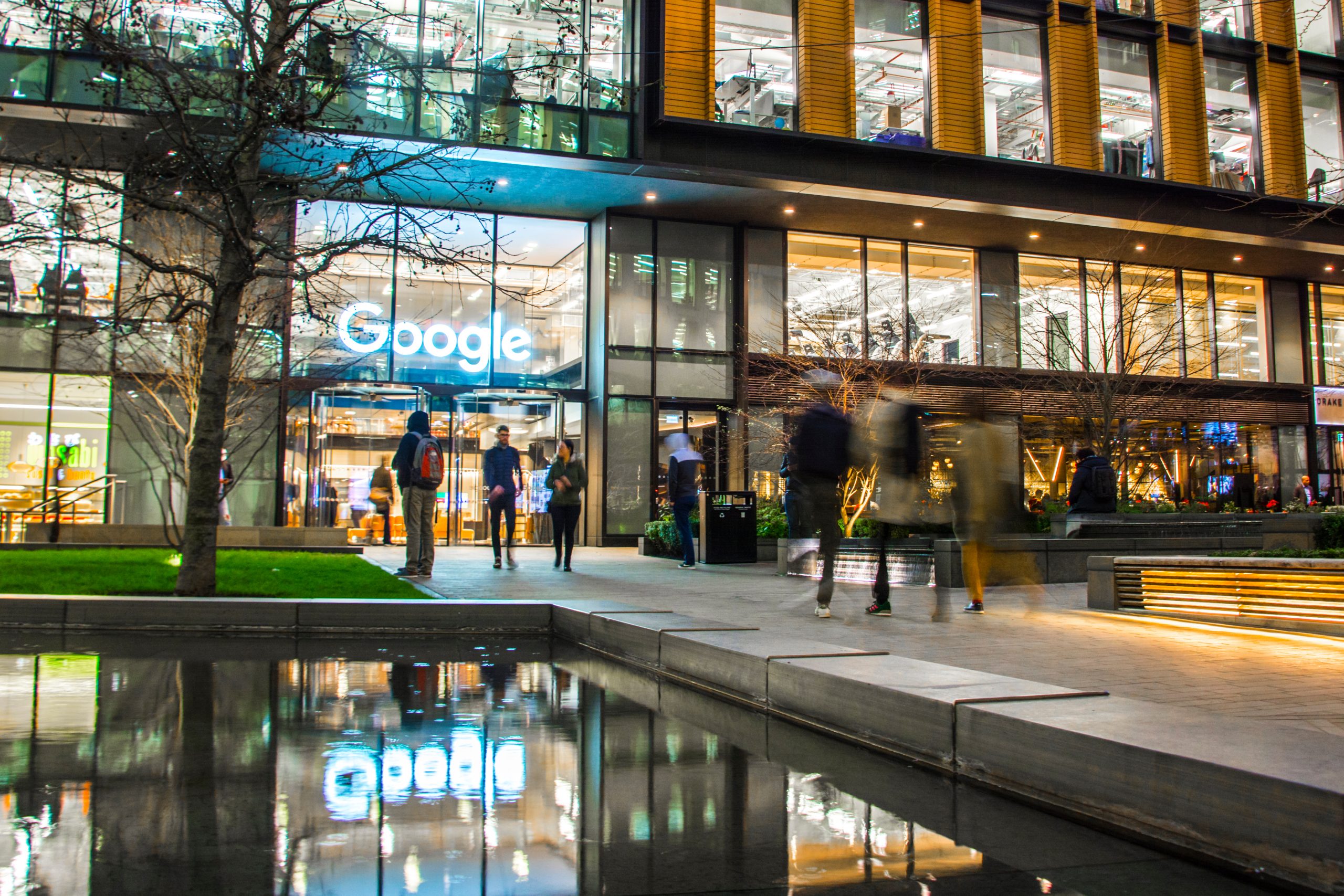

Before Lou Gerstner took over as CEO in 1993, IBM was on the brink of its demise with $15 billion in cumulative losses. Lou’s book Who Says Elephants Can’t Dance? is his account of the business’ unlikely turnaround.
Lou had a background in consumer goods. The consumer goods market was dominated by price wars while the digital world was dominated by computers and great products. Lou claimed that products did not matter to customers, price did. He planned to slash prices.
Apprehensions floated across the organization as people believed Lou’s decision would bring more losses. But for the company that was already in a downward spiral, a new solution was worth a try. Lou then suggested that price reduction alone would not bring a transformation and the culture of the company had to be flipped.
He changed the fundamental economic model, drawing lessons from the consumer market and reengineered the firm. The results were astounding—multi-fold increases in stock prices and major growth margins for the company. How was Lou able to bring this major turnaround? What Lou had brought to IBM was the collective intelligence he gathered from the consumer-goods industry.
Just like IBM, organizations today face a plethora of difficult situations. An organization first takes shape from a vision in the mind of a founder. The organization then graduates to having a structure often after trial and error. The evolutionary outcome of this structuring is visible but the structure itself is not. How an organization works, how it manages its employees, how business units are structured, how its management is aligned? What are you communicating with the world and are you aligned with the organizational objectives? The answers are unclear.
If only the structure and its formation was bound by well-documented principles could their journey and the journey of many others be simplified. In the dynamic world of business, it is imperative to understand how the organization has evolved, what shape it will take in future, and what steps need to be taken to achieve the vision. This requires visibility into an organization’s structure, founders, management, people, owners, and customers.
In other words, the collective intelligence of an organization shared and accepted across the entire company ecosystem has the capacity to help create a blueprint for a successful future.

What makes Organizational Intelligence?
Organizational intelligence can be seen as the capability of an organization to use its people, technology, and information to improve its performance. However, there are many ways to interpret this concept, so allow me to inject the definition I have come to understand based on my personal experience.
I feel that it is human intelligence at the individual level that discovers possibilities, then the discovery happens through interactions and is supported by structures. So, when the intelligence is generated collectively as a result of intertwined structures, interconnected people, and directed conversations, organizational intelligence is produced. The collective efforts that result from this union is quite promising.

However, gathering this intelligence to make it a tangible component that can be reused by your people is a big challenge. Collecting the data that forms this intelligence is a herculean task because of scattered sources and information varieties. But even if the problem of data collection is solved, we still face the challenge of drawing meaningful insights from this data, which is another precondition to create organizational intelligence.
The Components of Organizational Intelligence
From the understandings above, I can say that organizational intelligence is created by the collection of information resulting from experiences of an organization that sits both in machines and minds working. Further, taking forward the crude analogy of individual intelligence serving as a collection to produce results and understanding the structural connections, I can present some basic components of organizational intelligence for a deep dive:
Organizational Intelligence in Practice: Google
Let’s look at an example of one of the most successful companies in the world—Google—to demonstrate what organizational intelligence looks like in practice.
Machine Intelligence: Google began its journey by developing an internet search system that became immensely successful. The Internet was used by Google as an exhaustive database and a global library that allowed users to search for anything. Google updates its indexes by the second to allow users to find the latest results. Over time, the company grew and began introducing new products and services converging them all into a unified system that provided access to everything that Google has to offer today.
Innovative Intelligence: As per Forbes, Google is among the top 10 most innovative companies in the world with many products categorized into a range of service clusters ranging from a simple search to operating systems to innovative software. The company doesn’t stick to its old ways and keeps improving its features. Examples are voice search, image search, and multi-lingual support. Google Earth, which was launched in 2005, has now become a ubiquitous technology for navigation.

Human Intelligence: Executives at Google create an environment for innovation, but they do not tell their employees what to do to achieve organizational excellence. Instead, they let them flow free with their thoughts to come up with ideas for actions. Google offices are shaped like kindergarten structures and offer activities, meals, and relaxation to keep its employees energized and creative. The employees spend 80% of their time on their core work and 20% of the time allotted only to create their own inventions encouraged by the ITO (Innovation Time out) policy of the company. This unconventional way of management is what is driving competence in managers as they feel empowered.
Decision Intelligence: Google relies heavily on data for making decisions about its products, services, and processes. The data is empirically collected and rigorously analyzed to support evaluations of ideas produced by its people. What went behind the success of the Google search engine was its focus on the challenges of users with data retrieval and that was possible because of the info-culture of Google. The company monitors both system and user behavior to understand how users see their products. User reviews then guide product improvements in the company.
Challenges in building organizational intelligence
Imagine you must mow 30 lawns and need people to share the work. You will be able to employ 10 people easily to get the job done. Now, imagine the same 10 people being tasked with designing a lawn mower—not so easy. The lawnmower’s paradox rightly suggests that pooling physical effort is far easier than pooling mental effort. A similar paradox also exists in gathering organizational intelligence. The tangible data your people share or the recordable actions they take would be easy to monitor and record but collating the intelligence resulting from the mental work they do in board rooms, offices, or in fields is a hard bargain.

In a traditional organization, data generated was the outcome of a standard flow of information between people and was mostly transactional. However, transactional data would not cut it in today’s scenario where things are changing fast. Thus, organizations create knowledge that not just includes rules and transactions but also tacit and contextual information. For instance, organizations can understand the mindsets of customers by analyzing metaphors within the stories they share when they talk about a brand, product, or service in the digital space.
The information could flow from multiple sources including people, processes, transactions, documents, and systems. Organizational success depends on the correctness of insights which is affected by the accuracy of data and the quality of information it serves. Thus, it is important that the information collected from scattered sources is well-captured and streamlined into actionable knowledge to support strategic business decisions. This comes with questions and challenges like:
Data and analytics technology exists to support every part of organizational intelligence from data to wisdom. These tools help share, manipulate, and analyze all steps of the process of forming intelligence. However, many businesses are still using legacy systems that pose challenges when gathering or managing organizational intelligence:
Legacy systems can lessen organizational intelligence, causing organizations to think too slowly and decrease their chances for success.
Embrace Digital Transformation to create Organizational Intelligence
An organization is not merely a name but a living and breathing entity that can understand, learn, adapt, and use its capabilities to achieve its mission. And this is what creates organizational intelligence. Behind this intelligence is the result of the collective brainpower of your people who create possibilities. However, legacy systems pose limitations for them creating challenges that make it difficult to grow. With digital transformation, many of these challenges can be addressed to foster organizational intelligence by creating a powerful blend of leadership and technology to secure the future of the organization.
Organizations are already embracing modernization and adopting the cloud with 20-30% of work being done on the cloud as suggested by a Harvard survey of 750 C-level leaders in 2020. These executives also admitted to achieving outcomes as expected from their cloud initiatives. By 2025, the global digital transformation market size might reach USD 1009.8 billion with digital technology adoption rising day by day. h digital technology adoption rising day by day.

The Journey of Transformation
Digital transformation is a strategic way of modernizing an organization using technologies to advance its vision. A transformation usually begins with the turnaround of existing legacy applications and after they are aligned, new systems are introduced in an organization. Typically, legacy systems can be refreshed, reshaped, or replaced depending on how effective they can be for the transformed organization.
Refresh: Preservation of important applications and architectures, ensuring the system is ready for future technologies or data strategies.
Reshape: Change is precisely enough to operate in a different technological ecosystem.
Replace: Replace old software completely with the build or purchase of new software
Technologies can be used in an organization to build intelligence in various ways such as for data collection, drawing insights, and making predictions.
Data Capture: Today, Digital Technologies are used at different levels in the information flow to gather organizational intelligence. An automated knowledge capture can record information from the field using simple interfaces. Fast-food chains like McDonald’s and Pizza Hut are known to capture customer experiences this way.
Analytics: A level above field executives sit managers who can use the captured information and analytical tools to extract insights. Some organizations would proactively use technologies to extend self-service options to customers, freeing some staff time.
Predictions: Applied intelligence systems can further simplify intelligence building by embracing feedback loops and making predictions based on available data to throw recommendations to managers. Some intelligence tasks like analysis can be taken over by Artificial Intelligence (AI) systems to program decisions and actions to keep the flow of knowledge working for itself.
Organizations successful with the implementation of DX continually utilize technology to streamline operations and improve stakeholder, employee, and customer experiences.
Apexon is experienced in building intelligent organizations with digital transformation. Click here to learn more or get in touch directly using the form below.